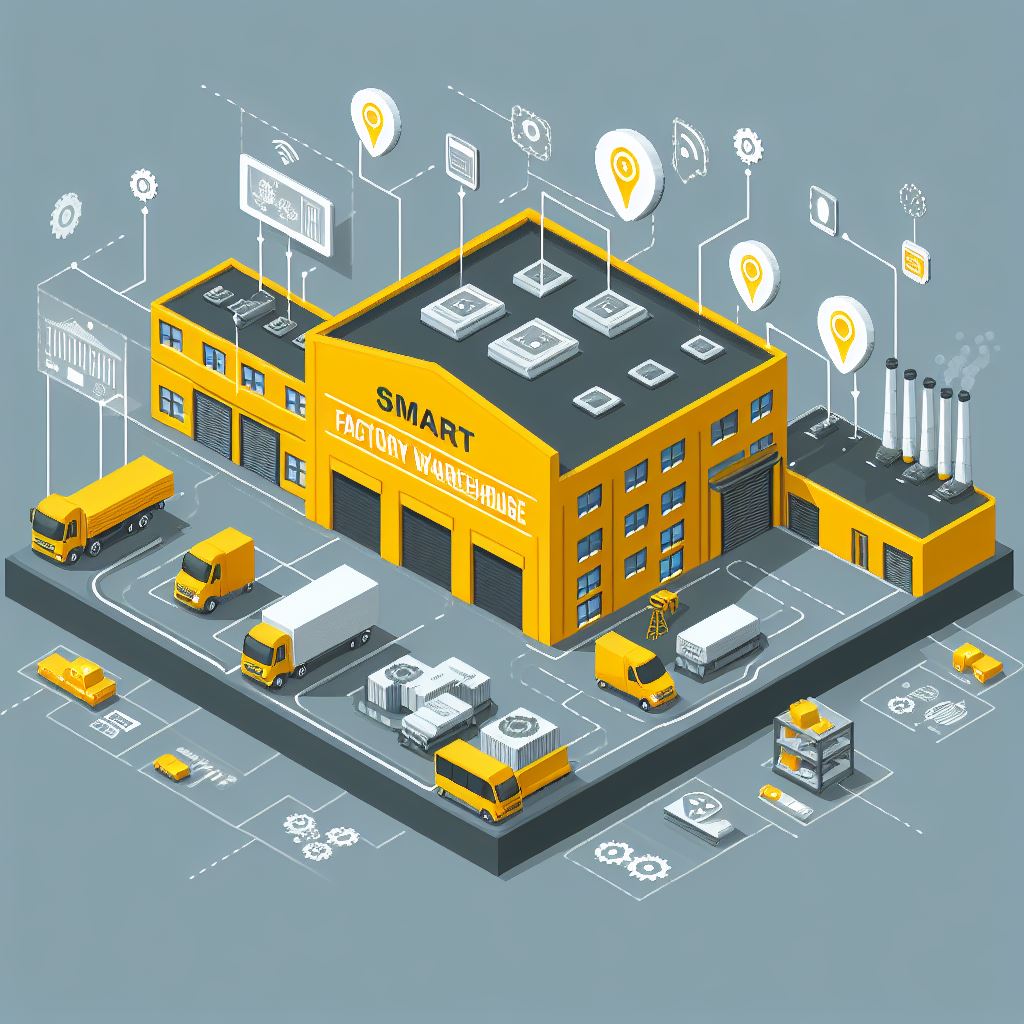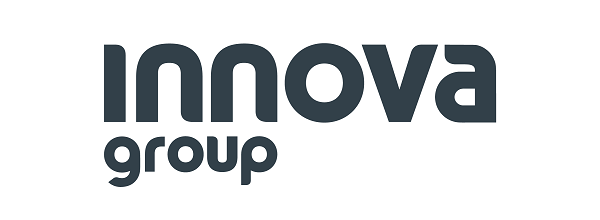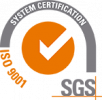SMART FACTORY: Keys to increase your packaging line performance with digitalization
Digitization is no longer a secret for anyone, least of all for manufacturing companies that want to be competitive. That is why more and more companies are taking the step to digitalization to optimize and gain performance not only in their production area but also in their packaging line.
In today’s article, we will see one of the applications of digitization in the factory under the concept of Smart Factory. We will analyze the importance of this trend, the advantages it offers and how to adapt our facilities, and specifically our packaging line, to turn them into a Smart Factory.
What is a Smart Factory?
The smart factory is a way of manufacturing that uses technology and digital data to improve production and the supply chain. Interconnected sensors, machines, and advanced software collect data in real-time, allowing manufacturers to be more flexible, accountable, and efficient in their decision making, enabling them to produce higher-quality products at a lower cost.
It applies to inventory and quality controls, data analysis, predictive maintenance and real-time monitoring of the production process, but also to an end-of-line, specifically in a packaging line. In short, the Smart Factory transforms the industry, driving business opportunities and competitiveness, and fosters the integration of all company areas.
Why digitize the packaging line?
The smart factory has many advantages but, what do they bring to our packaging line?
- Increased efficiency: it allows us to increase packaging production with fewer resources, which reduces costs and increases profitability.
- Better quality: The Smart Factory allows us to obtain higher quality and safer packaging with fewer problems and accidents during transportation, which also translates into customer satisfaction on delivery.
- Greater flexibility: it allows to adapt quickly to market demand changes, giving the company a competitive advantage.
- Increased sustainability: by using Smart technologies we can also reduce energy consumption and packaging consumables, resulting in more sustainable packaging and processes.

How to implement the Smart Factory in your packaging line
Although it may seem a complex process, a company that wants to leap digitization can do so through a phased technology and process adoption plan. Below we list and explain the steps that must be followed to extend Smart technology to the packaging line.
1. Elaboration of the Smart Factory plan
- Defined strategy: First, a plan must be created that defines our automation and digitalization objectives, the technologies and packaging systems that we are going to incorporate or renew, and the processes that will be affected.
- Production analysis: It is important to evaluate the current process of our packaging line to identify which processes should not only be automated, but connected to the smart factory. For example, packaging 4.0 systems that provide machine performance and failure history to improve metrics such as OEE.
- Technology for success: We must seek technological solutions that best suit our production processes. In Innova we offer different solutions to improve protection, safety and production, so we emphasize the importance of working with systems that allow control; that is why in Innova all our packaging systems are connected to the ERP of the company and offer reporting service as well.
- Trained team: Investment in technology is important, but it is not everything. Employees must be trained to take full advantage of new tools and software. At Innova we offer training plans, both online and on-site. We provide specialized trainings after the start-up of the packaging line, so that the technical team manages to solve any problem with sufficient autonomy and at the lowest cost, and we also offer trainings of updates of the machinery and its PLCs.
- Phased implementation: Digital implementation should be divided into phases to test the technology and ensure that it will allow us to identify and solve any problems. In Innova we accompany you throughout the process of the packaging project from its definition to beyond its installation.

2. Adoption of Smart technologies in packaging equipment
To go a little deeper into this topic, we review some of the indispensable technologies that are implemented in smart packaging lines. Knowing them will give us a broader idea about what we can implement in our company.
- Big data: Reporting and data analysis systems
Through progressive data analysis and Big Data, decisions can be made about production, scheduling, maintenance and more. For example, systems that provide real-time reporting and analysis on the operation, status of machinery and the use of packaging consumables.
- Artificial intelligence
Some very useful applications of artificial intelligence allow you to optimize production processes, adjust production and packaging settings, and even predict consumer demand patterns for products. This point builds on the previous one, in relation to big data and reporting.
- Tracking and tracing technologies
Through tracking systems such as RFID tags and sensors, the product is monitored from its creation to the customer, which means immediate detection of deviations, errors, etc., for the company
- Cybersecurity and remote access
These technologies allow personnel to access and control equipment remotely, facilitating communication and the secure resolution of problems that may arise in real time and with sufficient information. An example of this is packaging systems that include remote connection to the factory, not only for service but also for software updates and installations.
- Comprehensive communication between AGVs and machines
In a factory 4.0, full automation of almost all processes that allow it is also sought. A clear example of the end-of-line is also “robotizing” the transport of loads within the factory using AGVs (Automatic Guided Vehicles) or LGVs (Laser Guided Vehicles). It is essential that palletizing equipment and end-of-line packaging systems can communicate with these types of vehicles. On Innova’s packaging line, for example, the AGVs that deposit the loads to be packaged transfer information on the format and packaging needs to Innova’s systems.
3. Life beyond the machine: intelligent maintenance
Finally, the last link in the Smart chain in a packaging line or project is the smart service itself. Not surprisingly, the Technical Maintenance Service is a key to improving the performance and optimization of equipment throughout its service life.
Like the smart factory, Smart Maintenance also uses 4.0 systems, big data, IoT, etc., along with other of the aforementioned technologies. This is why it is important to have a machine supplier that can offer these services when implementing the Smart Factory in your company:
Examples of Technical Service 4.0 at Innova:
- Reporting: with access to the cloud you can configure alerts to generate reports on the status and performance of our packaging systems.
- Remote connection: Innova’s entire range of machinery, including semi-automatic, has remote connection for troubleshooting, updates and even remote training.
- Preventive and predictive maintenance: we offer service and maintenance plans 4.0 throughout the life of the machine.
In short, Smart Factories are no longer the future, but are becoming more and more present in many companies. As we have seen, by adapting these technologies to our packaging lines, our logistics process gains efficiency, reduces errors and becomes more profitable. Integrating new 4.0 technologies and training the entire company will be key to the success of the Smart Factory.
The advantages of smart factories are many, do you need help to implement yours? In Innova Group, with more than 20 years as manufacturers of packaging systems, we can advise you on the implementation of a 4.0 packaging line, fully automated and interconnected. Do not hesitate to contact our technical team without obligation. If you like to read more about technology and packaging, subscribe to our Newsletter to receive more related news.







